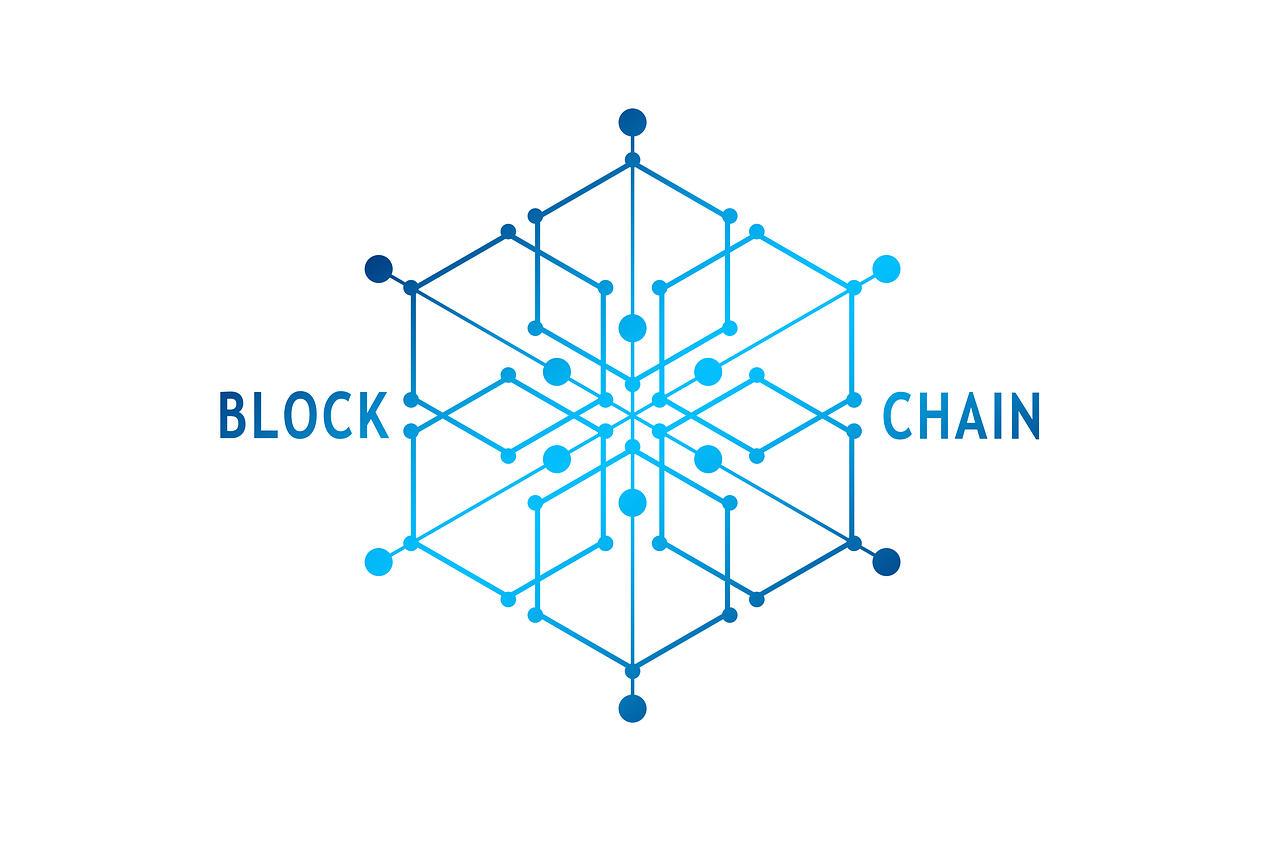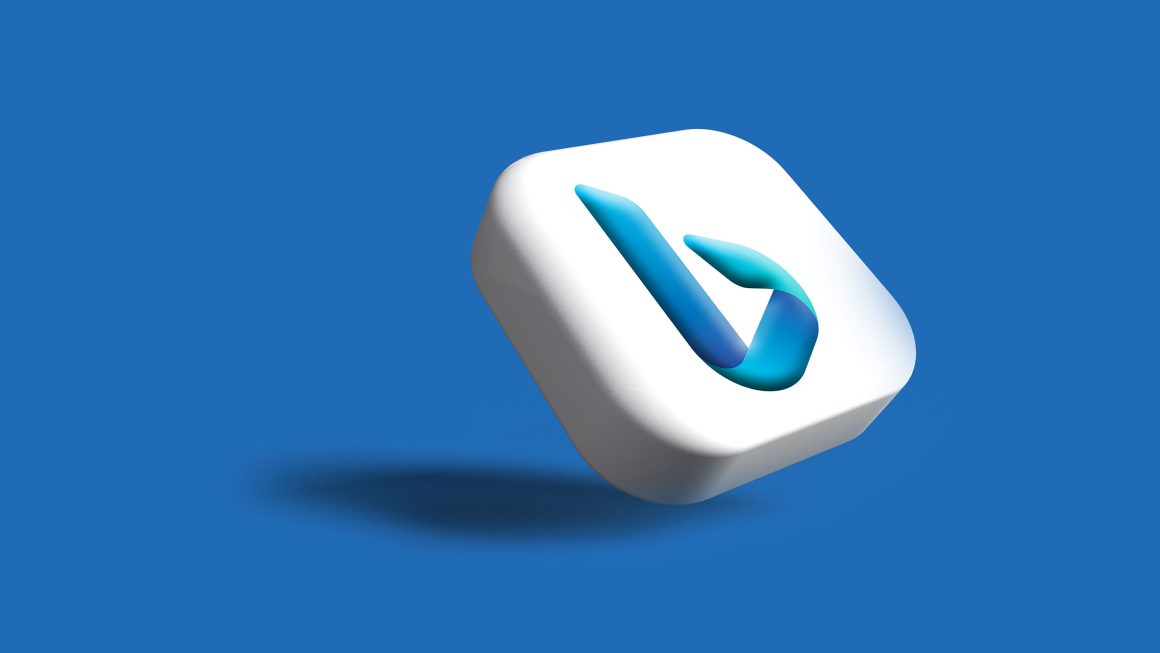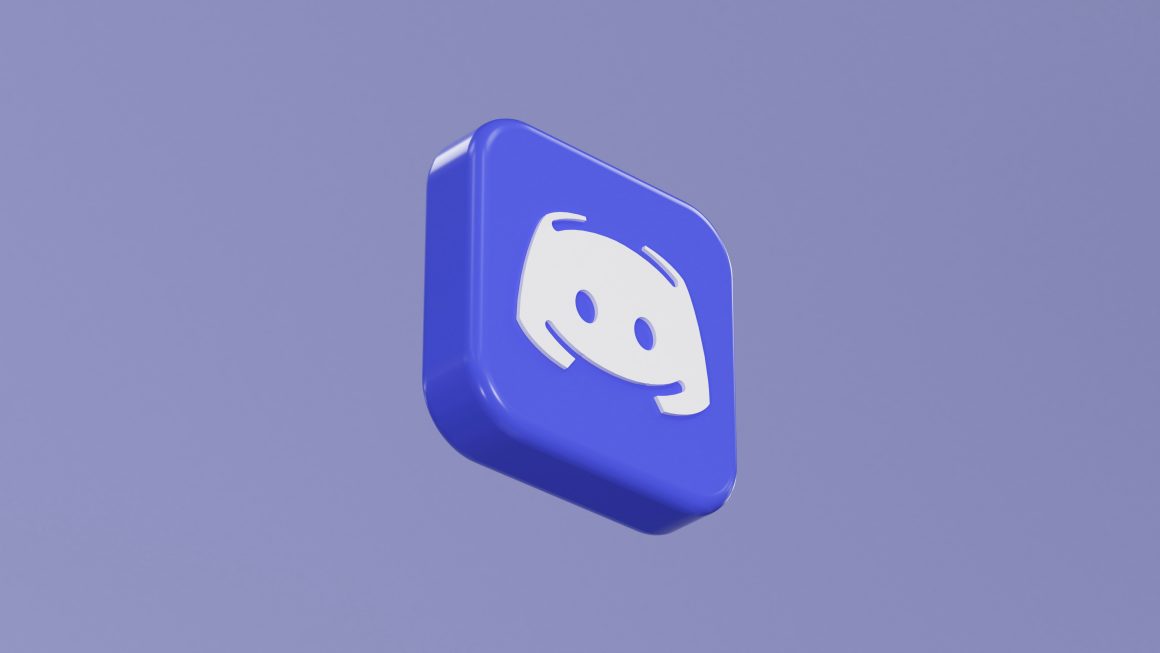It was in 2009 when Satoshi Nakamoto launched Bitcoin and the technology that supports it to the world. No one knows for sure who Satoshi Nakamoto is, because his identity has never been disclosed, but what is certain is that his system has been successful and his development and growth begin to be unstoppable.
Behind Bitcoin, the virtual currency, is the technology that makes its success and survival possible: Blockchain technology . It is this technology that we are going to talk about, because it turns out that it is not only valid for the happy currency, but its scope and use is huge in different industrial and business sectors among which, of course, it can occupy a privileged place our tourism sector.
Also read: Artificial intelligence, marketing needs and the new consumer experience
There are many sites where you can find a definition of Blockchain. In this case, we have developed our own definition in an attempt to clarify the concept and try to make the inexperienced like me understand it:
Blockchain is a huge database that does not need any central computer, nor any intermediary to decide the validity or not of that data. There is a copy of that database in thousands of computers distributed in a decentralized way and managed by very different people, who do not know each other. To validate the data it is necessary the intervention of a large part of these people, who do it from their own personal computer with the press of a button. These people are called “miners” and any of us can be one of them just by installing an executable on our own PC.
Let’s go in parts of a Blockchain Technology
- Using the currency example, suppose that when the first Bitcoins were created , the person who had them divided them between three friends.
- He recorded all three transactions in the system database and thus created a block .
- The appearance of this block caused the system to generate a key (called hash) , unique and that identifies the block.
- These bitcoins were passed from one hand to another and each transaction was recorded and generated blocks chronologically.
- Each new block had 2 hashes (keys) one was the same as that of the previous block and the other the one that identified the new block. Thus, each block (with its recorded transactions) joins the previous one with its corresponding key.
- The most important thing is to generate the new key for each new block. The key is generated when the “miners” (people of flesh and blood like you and me, with their personal computers) press the corresponding button on the program they have installed.
- It is very difficult to find the correct key, because the computer has to process millions of combinations in the shortest possible time. But there are always those who find it, especially if it has joined a group of miners who work all at once. This group is called the mining pool . The processing capacity of the group’s computers is much greater than that of a computer individually.
- This is done by thousands of miners at once and, once the block has been created, with its code, the new complete chain is copied to the thousands of computers that make up the system.
- Since it is not centralized, it is impossible to hack or attempt to commit fraud, because it would have to be done on those thousands of computers simultaneously. Remember that computers are not connected to each other, it is a decentralized system .
The question we all ask ourselves is obvious … why are there people who spend their time validating each block and trying to find the right (hash) key? Very easy, because the system incorporates an incentive plan so that when a miner’s computer finds the right combination of numbers and letters, it receives the negligible amount of 12 BTC, which is equivalent, at this time, to about € 10,000 . It is a competition in which the fastest computer (or group of computers) wins and takes the prize. When that or those miners find the correct code, the new block joins the chain and a copy is sent to all Network computers. The network must now consist of about 200,000 computers, all with an exact copy of the entire chain. Once again we get to the idea ofthe inability to alter or adulterate the information contained in the chain .
The entire previous sequence is produced every 10 minutes and has been done 24 hours a day since 2009.
One of the most important conclusions is that the participation of any intermediary is eliminated . Any transaction can be made from one individual to another, without anyone mediating and avoiding the payment of commissions and studies.
But this whole revolution has gone even further, as it has ceased to be exclusive to virtual currency (Bitcoin) and has been extended to other fields thanks to the brilliant idea of smart contracts . Now also, in the same way that transactions work, we can register contracts with scheduled orders, so that one of the parties has to do something and the other sends a consideration for doing that something. All this automatically and also without intermediaries (notaries, records, witnesses, …)
Read more: Twitter leads a $100 million round on the main regional Indian social media platform ShareChat




